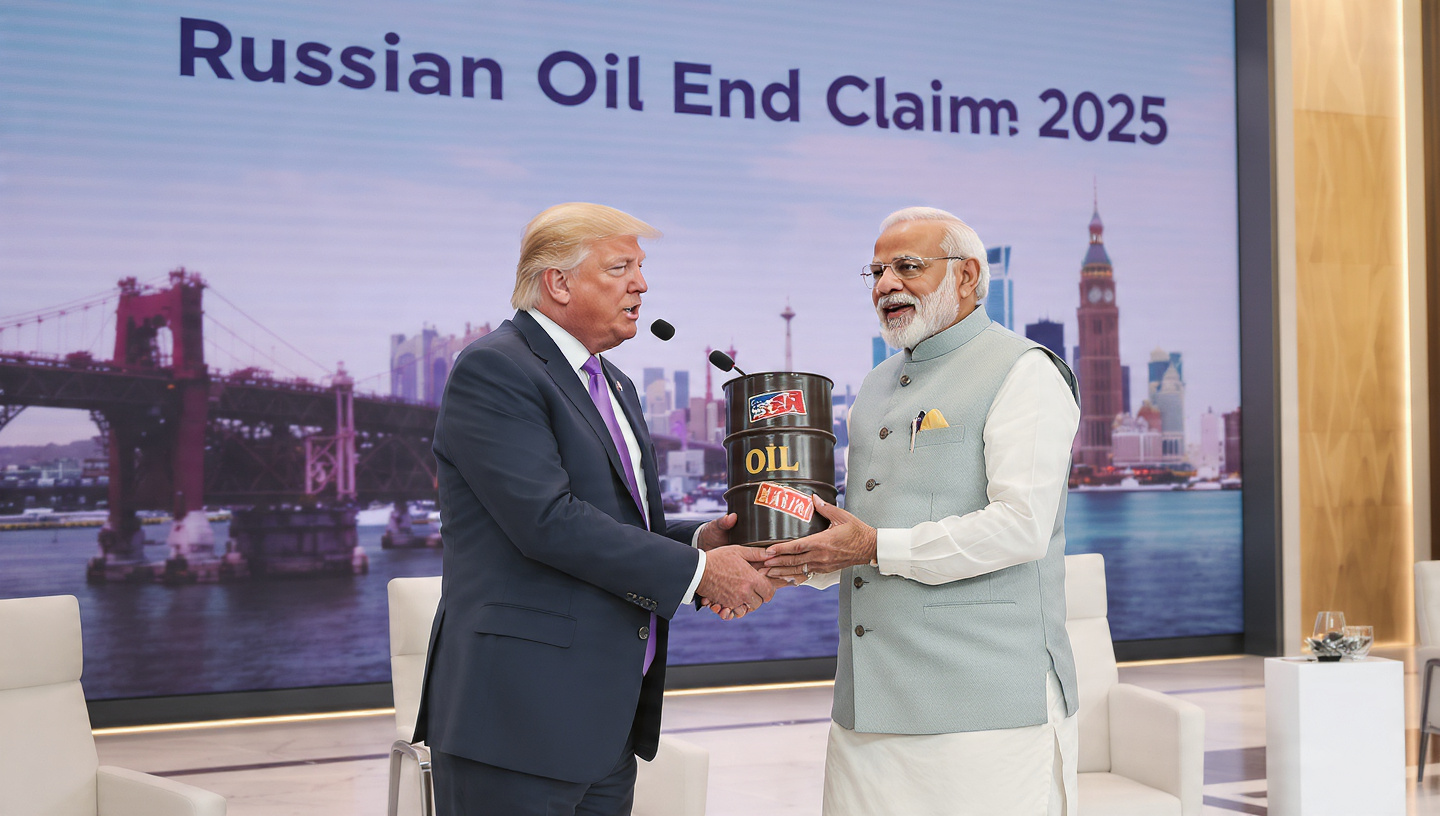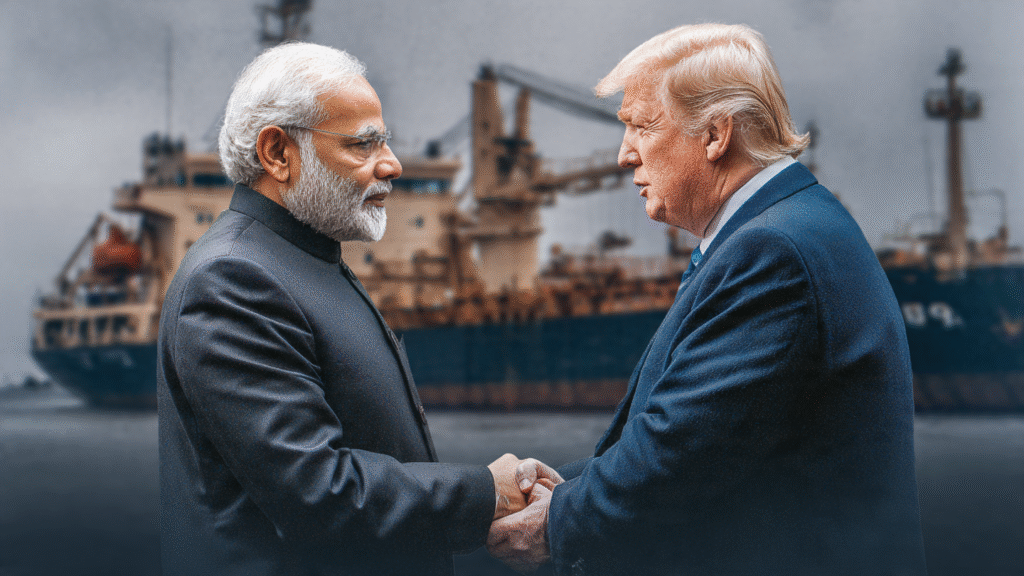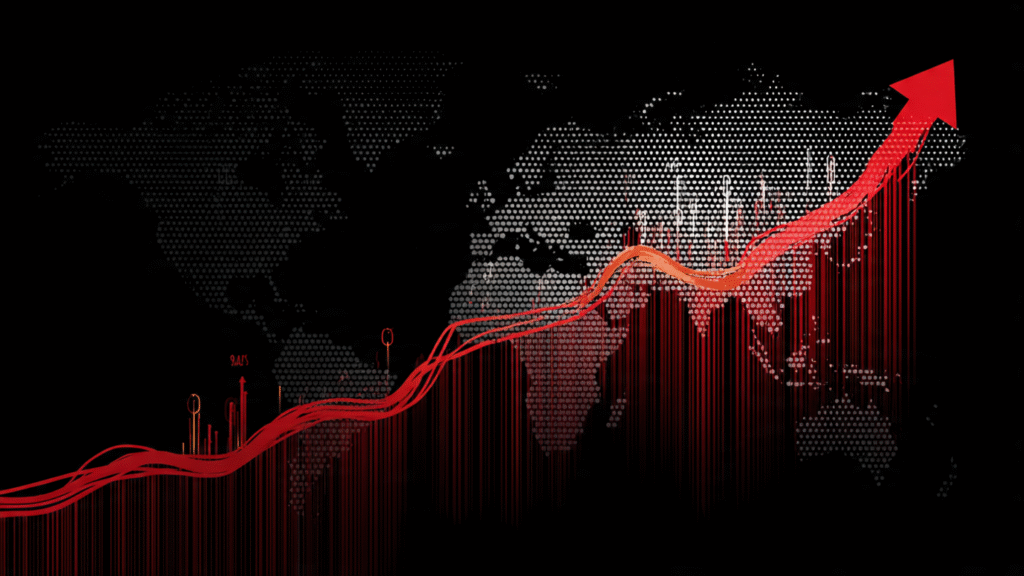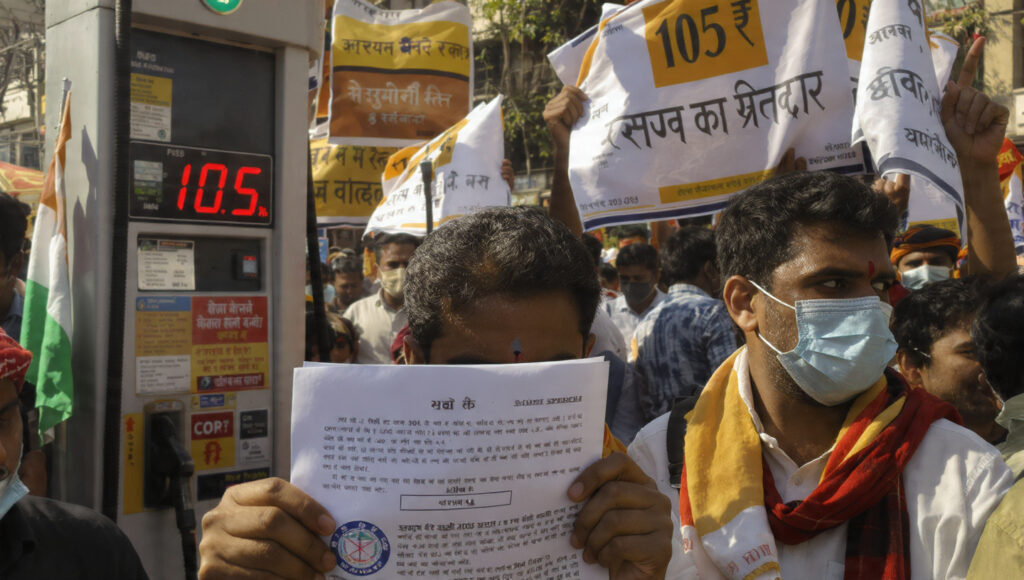India Cuts Russian Oil Imports 50% Amid Trump Pressure: A 2025 Energy Policy Shift
In a significant geopolitical move, India reduced its Russian oil imports by 50% in October 2025, following high-level talks with the United States, according to the White House. President Donald Trump claimed Indian Prime Minister Narendra Modi assured him of ending purchases, a decision tied to 50% tariffs imposed on Russian crude. This marks a sharp decline from the 2025 average of 360,000 barrels per day (bpd) to 180,000 bpd, reflecting India’s balancing act between energy security and international alliances amid the Ukraine conflict.
White House Claims and Indian Refiner Response
The White House announced the cut on October 16, 2025, post-Washington discussions, attributing it to U.S. pressure on refiners like Reliance Industries and Indian Oil Corporation. Kpler data confirms a drop from 1.6 million bpd in September to the current level, though Indian officials await formal directives. Refinery sources indicate a shift to Middle Eastern suppliers like Saudi Arabia and the UAE, with spot purchases rising 30% (Reuters).
Industry experts note the transition’s complexity, with refineries adjusting to lower Russian discounts—previously $20-$25 per barrel below Brent—now narrowed to $5-$10 due to global oversupply.
Trump’s Assertions and India’s Strategic Stance
Trump, speaking at a press conference, said, “Modi assured me no more Russian oil—India’s with us now.” The Ministry of External Affairs (MEA) clarified that the decision prioritizes consumer interests and stable prices, not just U.S. pressure. The 50% tariff, effective since July 2025, targets India’s reliance on Russian Urals grade, unlike tariff-free imports by the EU and China, sparking trade equity debates (Times of India).
Analysts suggest India’s move aligns with its Indo-Pacific strategy, strengthening ties with Quad partners (U.S., Japan, Australia), though it risks alienating Russia, a key defense supplier via the S-400 system.
Global Oil Market Dynamics and Economic Impact
The reduction, driven by market forces and tariffs, coincides with a global oil surplus, with OPEC+ output cuts failing to stabilize prices at $70 per barrel. India’s diversification to Saudi Arabia (up 15% to 800,000 bpd) and U.S. shale (up 10%) mitigates risks, but higher costs—$5-$7 more per barrel—strain refiners’ margins. The Petroleum Planning and Analysis Cell (PPAC) forecasts a 2% GDP growth dip in Q4 2025 due to energy inflation (EIA).
Twitter buzzed: “India yielding to Trump on Russia oil? Energy security at stake!” (Oil Watch India). Environmentalists praise the shift, citing lower carbon intensity of Middle Eastern crude.
Political Ramifications and Public Sentiment
Domestically, the Bharatiya Janata Party (BJP) frames this as a diplomatic win, with PM Modi addressing Parliament on October 18, 2025, at 6:07 PM IST, emphasizing self-reliance. Opposition leaders, including Rahul Gandhi, criticize the tariff burden, arguing it hikes fuel prices—petrol up 8% to ₹105/liter in Delhi. Public protests in Mumbai demand subsidies, with truckers planning a strike on October 20 (Indian Express).
Russia’s response was muted, with Kremlin spokesman Dmitry Peskov hinting at rerouting supplies to China, potentially deepening India-China rivalry over energy.
Long-Term Energy Strategy and International Cooperation
India aims for 20% renewable energy by 2030, with solar projects in Rajasthan expanding 15% in 2025. The cut aligns with U.S. sanctions on Russia, reinforced by Trump’s October 15 G20 call for allied unity. However, experts from the Observer Research Foundation warn of supply chain vulnerabilities, urging India to secure long-term contracts with OPEC nations (ORF).
The International Energy Agency (IEA) projects India’s oil demand to hit 5.5 million bpd by 2026, necessitating a balanced approach. Talks with Norway for green tech collaboration signal a pivot, though fossil fuel reliance persists.
Conclusion
India’s 50% cut in Russian oil imports in October 2025 reflects a strategic shift under Trump’s influence, balancing energy needs with global alliances. As economic and political ripples spread, the move underscores India’s quest for energy security and diplomatic agility, with long-term sustainability at stake in a volatile market.




